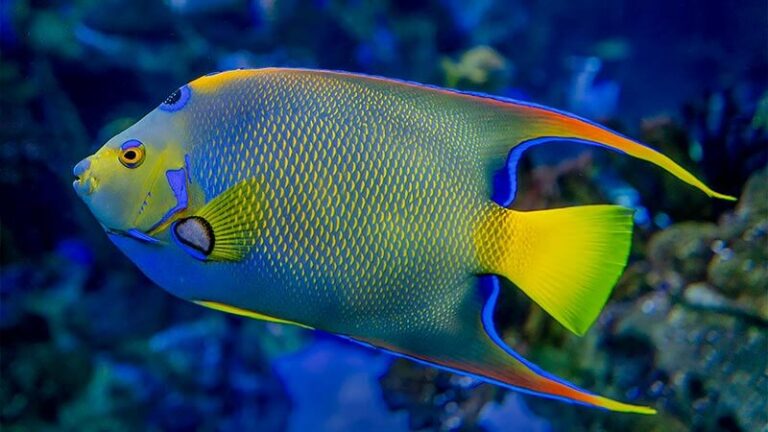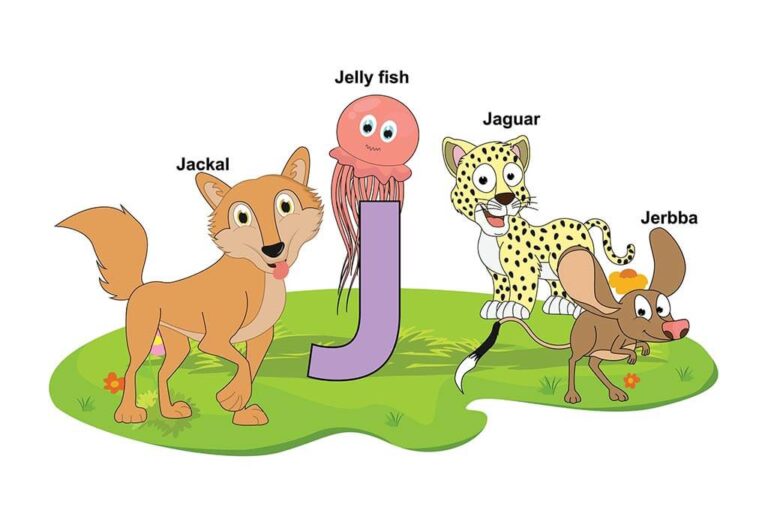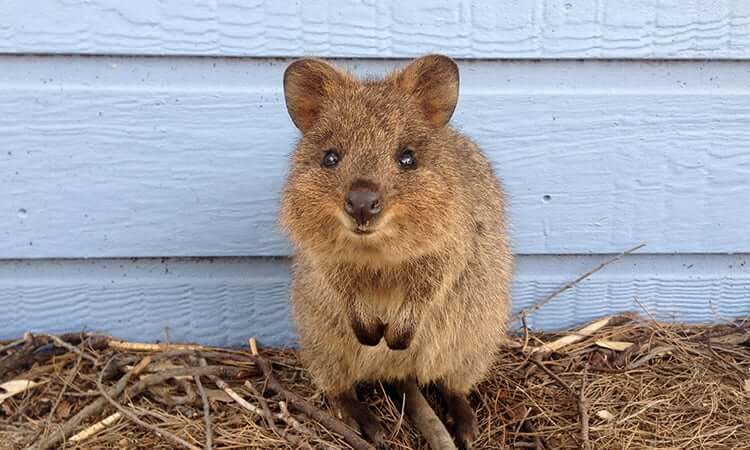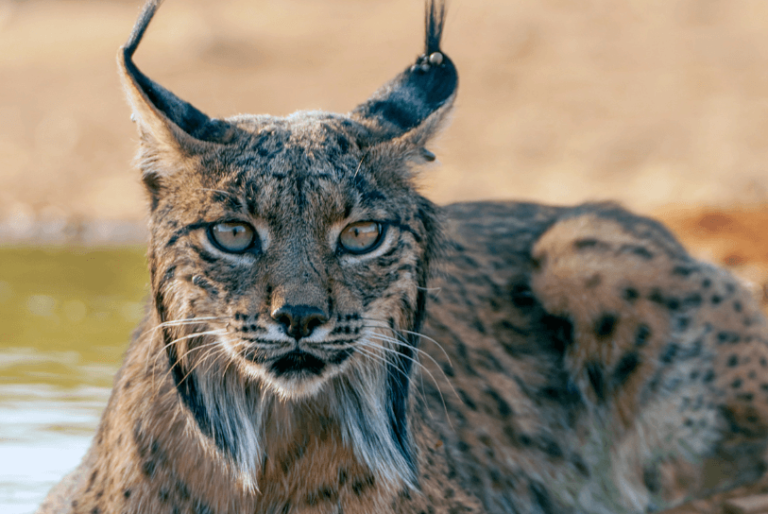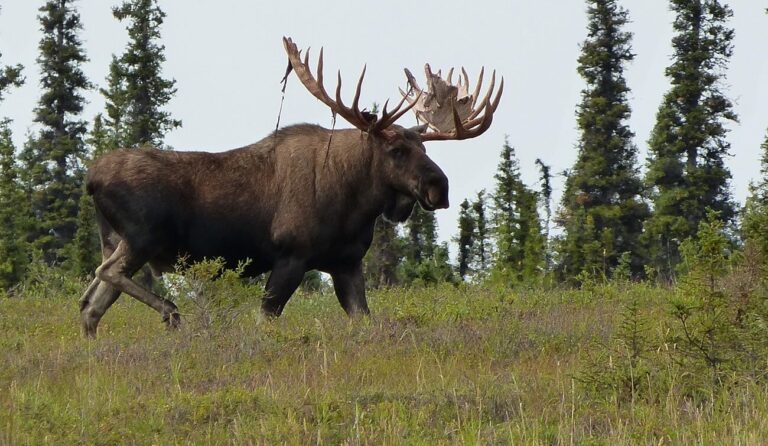Opossum: The Ultimate Survivor of the Animal Kingdom
The opossum, often misunderstood and sometimes unwelcome, is one of nature’s most adaptable and unique mammals. Known for their distinctive appearance and remarkable survival strategies, these creatures play a significant role in ecosystems across the Americas. This article delves into the opossum’s scientific classification, physical characteristics, habitat, behavior, diet, reproduction, predators, conservation status, interesting facts, evolutionary history, and relationship with humans.
Contents
Scientific Classification
- Kingdom: Animalia
- Phylum: Chordata
- Class: Mammalia
- Order: Didelphimorphia
- Family: Didelphidae
- Genus: Didelphis
- Species: Didelphis virginiana (Virginia opossum, the most well-known species)
Opossums are marsupials, meaning they carry and nurse their young in a pouch, similar to kangaroos. There are over 100 species of opossums, primarily found in Central and South America, with the Virginia opossum being the only marsupial native to North America.
Physical Characteristics

Opossums have a distinctive appearance that sets them apart from other mammals:
- Size: They typically measure 21-36 inches long, including the tail, and weigh between 4-14 pounds.
- Fur: Their fur is usually grayish-white with a coarse texture.
- Tail: Opossums have prehensile tails, which they use for grasping branches and balancing, although contrary to popular belief, they do not hang by their tails.
- Face: They have pointed snouts, small black eyes, and a prominent set of 50 sharp teeth — more than any other North American land mammal.
- Feet: Their feet are adapted for climbing, with opposable thumbs on their hind feet that function like human thumbs.
Habitat
Opossums are highly adaptable and can thrive in various environments:
- Range: They are found throughout North, Central, and South America, with the Virginia opossum common in the United States and southern Canada.
- Preferred Habitat: Opossums prefer wooded areas, but they are also found in urban and suburban settings, often near water sources.
- Shelter: They are opportunistic in finding shelter, using abandoned caves, tree cavities, brush piles, and even human structures like attics or garages.
Behavior

Opossums are nocturnal, solitary animals known for their unique survival behaviors:
- Nocturnal Activity: They are active mainly at night, searching for food under the cover of darkness.
- Playing Dead: One of the most famous behaviors of opossums is “playing possum,” where they enter a catatonic state when threatened. This involuntary reaction mimics death and can last a few minutes to several hours, often deterring predators.
- Vocalizations: Opossums communicate through hissing, growling, and screeching, especially when threatened.
- Climbing Skills: Their strong, grasping feet and prehensile tails make them excellent climbers, aiding in foraging and escaping predators.
Diet
Opossums are omnivorous scavengers with a highly varied diet:
- Diet Composition: They consume insects, small animals, fruits, berries, and carrion. They are also known to eat garbage and pet food left outdoors.
- Ecological Role: Opossums help control pests such as ticks, snails, and rodents, contributing to the health of their ecosystems.
- Water Needs: They obtain most of their water from the food they eat but will drink from water sources when available.
Reproduction
Opossums have a unique reproductive process characteristic of marsupials:
- Breeding Season: The breeding season runs from January to July, with multiple litters yearly.
- Gestation Period: The gestation period is only about 12-13 days.
- Young Development: Newborns are tiny and underdeveloped, crawling into the mother’s pouch immediately after birth. They continue developing in the pouch for about 2 months before transitioning to riding on their mother’s back.
- Litter Size: A single litter can have up to 20 babies, but only about 6-9 usually survive to leave the pouch.
Predators
Despite their survival strategies, opossums face threats from various predators:
- Natural Predators: These include owls, foxes, coyotes, bobcats, and large snakes.
- Human Impact: Opossums are often killed by cars, attacked by domestic pets, or trapped as nuisances in urban areas.
Conservation Status
- IUCN Status: The Virginia opossum is listed as “Least Concern” due to its adaptability and wide distribution.
- Threats: While opossums are not currently threatened, habitat loss, road mortality, and human-wildlife conflicts can impact local populations.
Interesting Facts
- Immune to Venom: Opossums naturally resist snake venom, which helps them survive encounters with venomous snakes like rattlesnakes.
- Cleanliness: Contrary to their reputation, opossums are meticulous groomers and help reduce tick populations, significantly lowering Lyme disease risks.
- Marsupial Adaptation: The opossum’s marsupial nature allows it to reproduce rapidly, compensating for high mortality rates in the wild.
Evolutionary History
Opossums are one of the oldest surviving mammals, with fossil records dating back over 70 million years to the Cretaceous period. Their lineage diverged early in the evolution of mammals, and they have retained many primitive characteristics, such as their dental structure and pouch.
Relationship with Humans
Opossums have a mixed relationship with humans:
- Beneficial Role: They control pests and clean up carrion, playing an essential role in urban and rural environments.
- Misunderstandings: Many people view opossums as dirty or aggressive, but they are generally non-aggressive and shy creatures that prefer to avoid conflict.
- Wildlife Rehabilitation: Increased awareness and education have led to a better understanding and appreciation of opossums, with many wildlife rehabilitators working to protect them.
Conclusion
The opossum is a remarkable survivor, equipped with unique adaptations that have allowed it to thrive for millions of years. Despite facing numerous threats, its resilience, adaptability, and crucial ecological role make it a fascinating and valuable part of our natural world. Understanding and appreciating these often misunderstood creatures can lead to better coexistence and conservation efforts in the future.
- Golden Retriever Pros and Cons: What Every Pet Parent Should Know - 15 September 2025
- Cane Corso Dog Breed: Health, Care, and Lifespan - 14 September 2025
- Catahoula Leopard Dogs: Description, Temperament, Lifespan, & Facts - 21 July 2025


